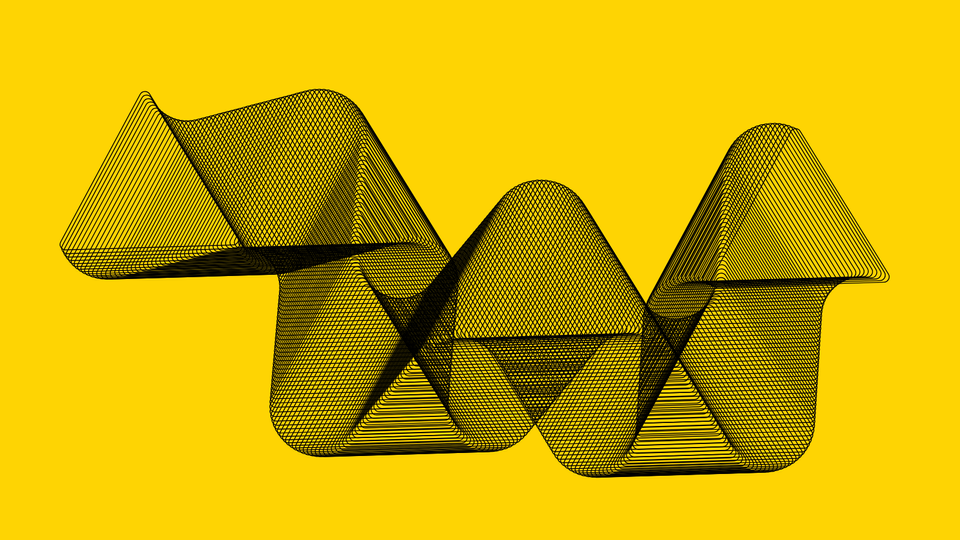What is Machine Learning (For Designers)
Learn the basics of Machine Learning (ML) and how it's changing the design field. ML helps us see patterns in data to improve user experiences.

• Why traditional programming can't build large data models.
• Examples of companies using machine learning.
Introduction
Machine Learning (ML) is a subfield within AI. It allows computers to learn something without being told precisely what to do. ML uses algorithms to process huge data sets and tries to find patterns. This differs from most programming you see daily as a product designer.
Traditional programming, front-end, and back-end work great until you have a lot of data you need to sift through to make a decision or prediction regularly. Then, traditional programming falls short of building large data models and running algorithms.
But ML is perfectly suited for handling massive data sets and finding patterns. For example, banks sift through a ton of data to determine whether your card transactions are legitimate or fraudulent. They are looking for user patterns to predict which specific behavioral patterns indicate fraudulent purchases accurately.
ML, in a nutshell, is a subfield of AI that enables businesses to improve decision-making through algorithms that process statistical models using data and past experiences without being explicitly programmed.
Examples
Some examples of ML in the real world:
- Pinterest emails a user with wedding information when the user starts a board collecting wedding dresses.
- Target sends emails to a family celebrating a pregnancy based on shopping habits.
- Gmail alerts you that an email is a phishing attempt, and you should not click on that email.
Pretty cool, right?
Diagram
This is a high-level technical diagram of the ML process. We will get into more detail in later posts.

Designers Perspective
As a product designer, you are trained to identify patterns in user behavior through qualitative methods. But when the user behavior data scales in such a way that you and I can't compute it because of the amount of data. You must turn to a data scientist to help you understand the patterns. Then, we design AI-powered user experiences and incorporate user-behavior patterns identified through ML.
This is why I encourage you to embrace AI and ML because there is a lot more that you can do if you have this capability on your team. Look, we will always need to talk to customers. That will never change. You still have to leave the office and get out on the street to talk with the people you are solving a problem for.
However, in improving customers' digital experiences at scale, we will need to harness the power of ML and its ability to identify patterns that help improve the user experience of a product or service.
The challenge will then be how to wrap a user experience around the user behavior patterns that resonate with the user and make them feel like a personal interaction between a customer and a business.
Summary
Companies will always need designers; you must adapt to new technology and evolve to use AI/ML tech in your design processes.
References
Written by Leo Vroegindewey, B2B CX Consultant
Get in touch to improve your customer experience and increase sales. Let's talk about how I can help your business grow. Email me.